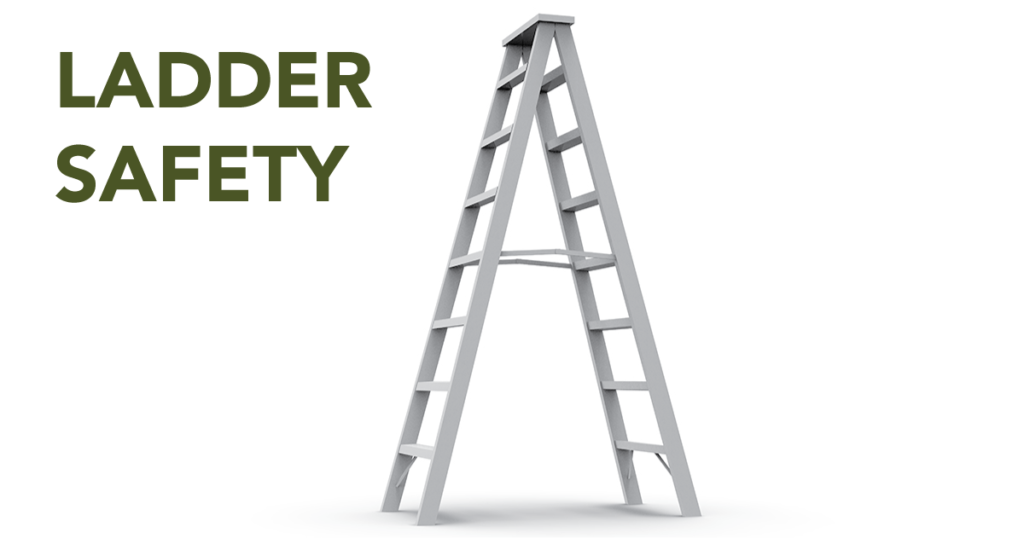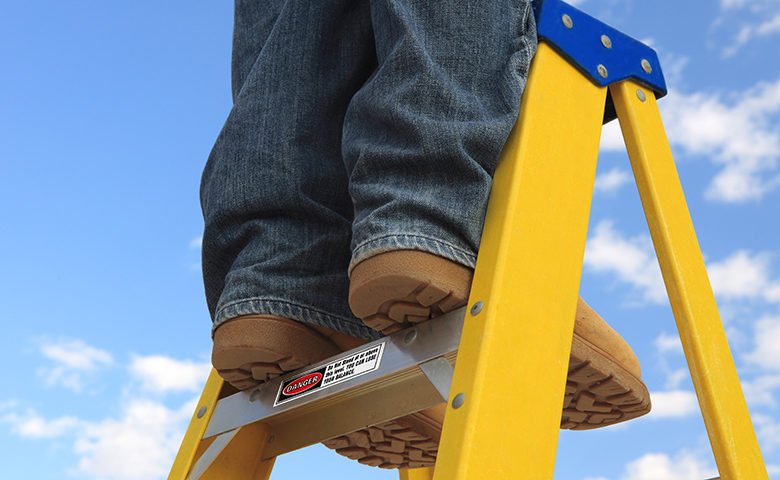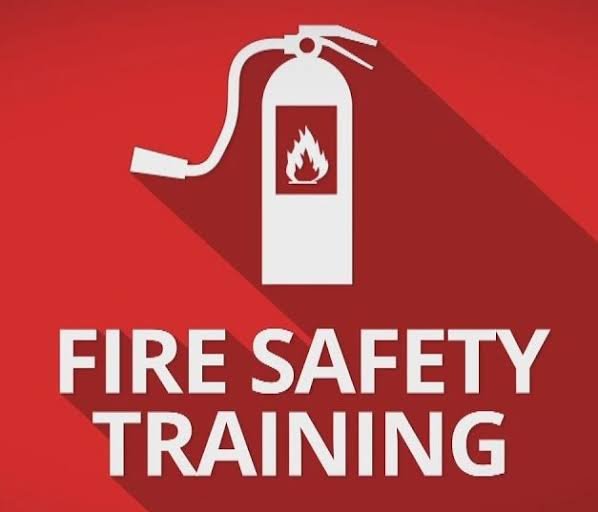Introduction: Ladders are essential tools for both professionals and DIY enthusiasts. Whether you’re painting a ceiling, cleaning gutters, or fixing a light fixture, ladders make the job easier. However, improper ladder use can lead to serious accidents. In this blog, we provide practical tips to ensure ladder safety and prevent injuries.

The Importance of Ladder Safety:
Using a ladder may seem straightforward, but it’s easy to underestimate the risks. According to safety statistics, ladder-related injuries are among the most common workplace and home accidents. Ensuring proper usage not only protects you but also those around you.
Choosing the Right Ladder:
- Assess the Task: Select a ladder that suits the height and purpose of your task. Extension ladders are ideal for outdoor use, while step ladders are perfect for indoor projects.
- Check the Weight Rating: Ensure the ladder’s weight capacity can support both your weight and the weight of your tools.
- Inspect for Damage: Before using a ladder, check for cracks, loose screws, or any signs of wear and tear.
Setting Up Safely:
- Stable Ground: Always place the ladder on a flat, stable surface. Avoid slippery or uneven ground.
- Angle Check: For extension ladders, follow the 4:1 rule—place the base one foot away from the wall for every four feet of ladder height.
- Secure Placement: Make sure the ladder is fully opened and locked into place if it’s a folding model.
Climbing with Caution:
- Face the Ladder: Always face the ladder while climbing and maintain three points of contact (two hands and one foot or two feet and one hand).
- Don’t Overreach: Keep your body centered between the ladder rails to avoid tipping over.
- Carry Tools Safely: Use a tool belt or hoist tools up rather than carrying them in your hands.
Additional Safety Tips:
- Avoid Electrical Hazards: Be cautious of power lines when using ladders outdoors.
- Limit Use in Bad Weather: Avoid using ladders in strong winds or rain.
- Have a Spotter: If possible, have someone hold the base of the ladder for added stability.
- Follow Weight Limits: Never exceed the ladder’s maximum load capacity.
The Benefits of Proper Ladder Use:
- Preventing Injuries: Following safety guidelines reduces the risk of falls and injuries.
- Efficiency: A secure setup lets you complete tasks faster and more effectively.
- Confidence: Knowing you’re using a ladder safely builds confidence for future projects.
Conclusion: Ladders are indispensable tools, but safety should always come first. By selecting the right ladder, setting it up correctly, and following proper climbing techniques, you can minimize risks and complete your tasks efficiently. Whether at home or work, ladder safety is a step toward a safer and more productive environment.



